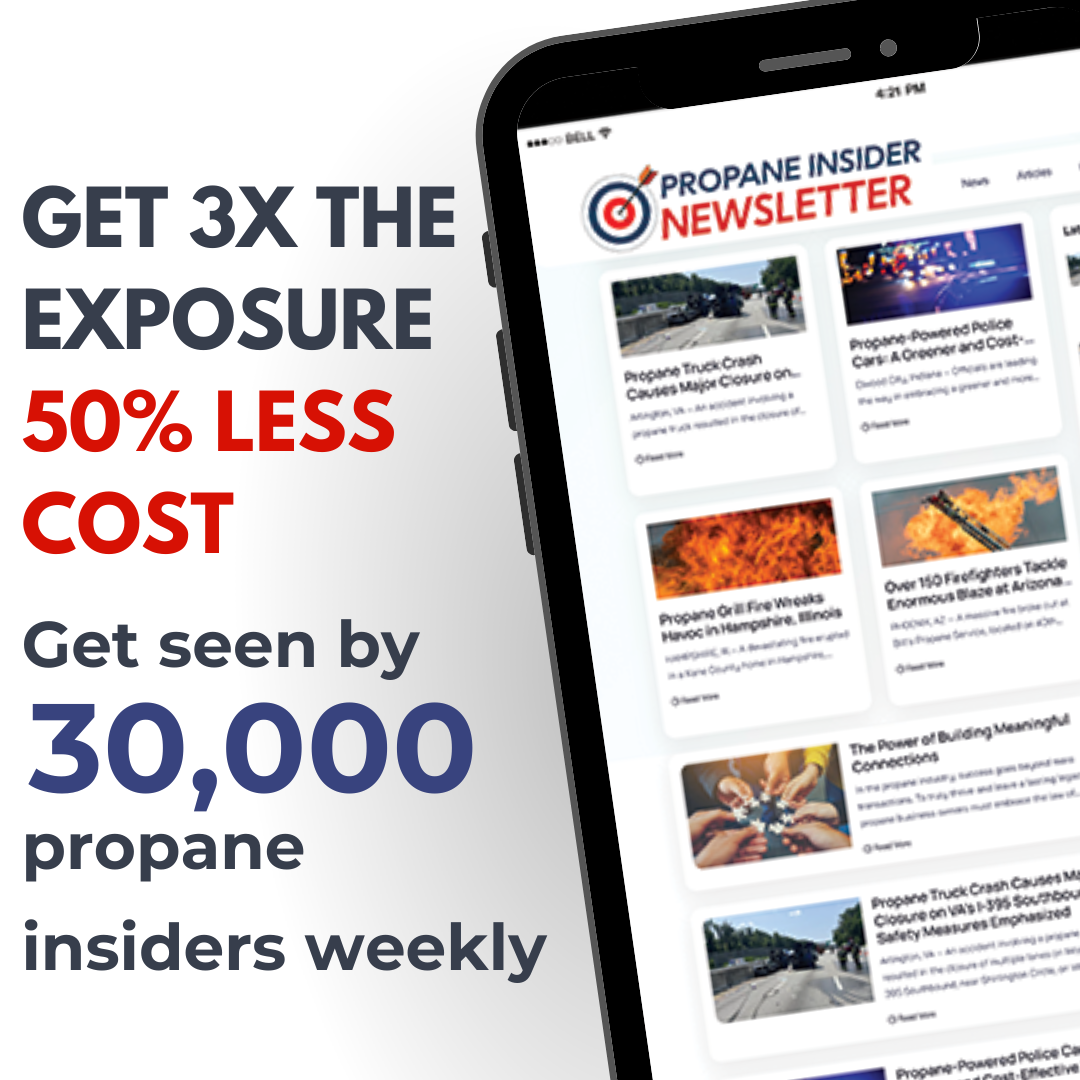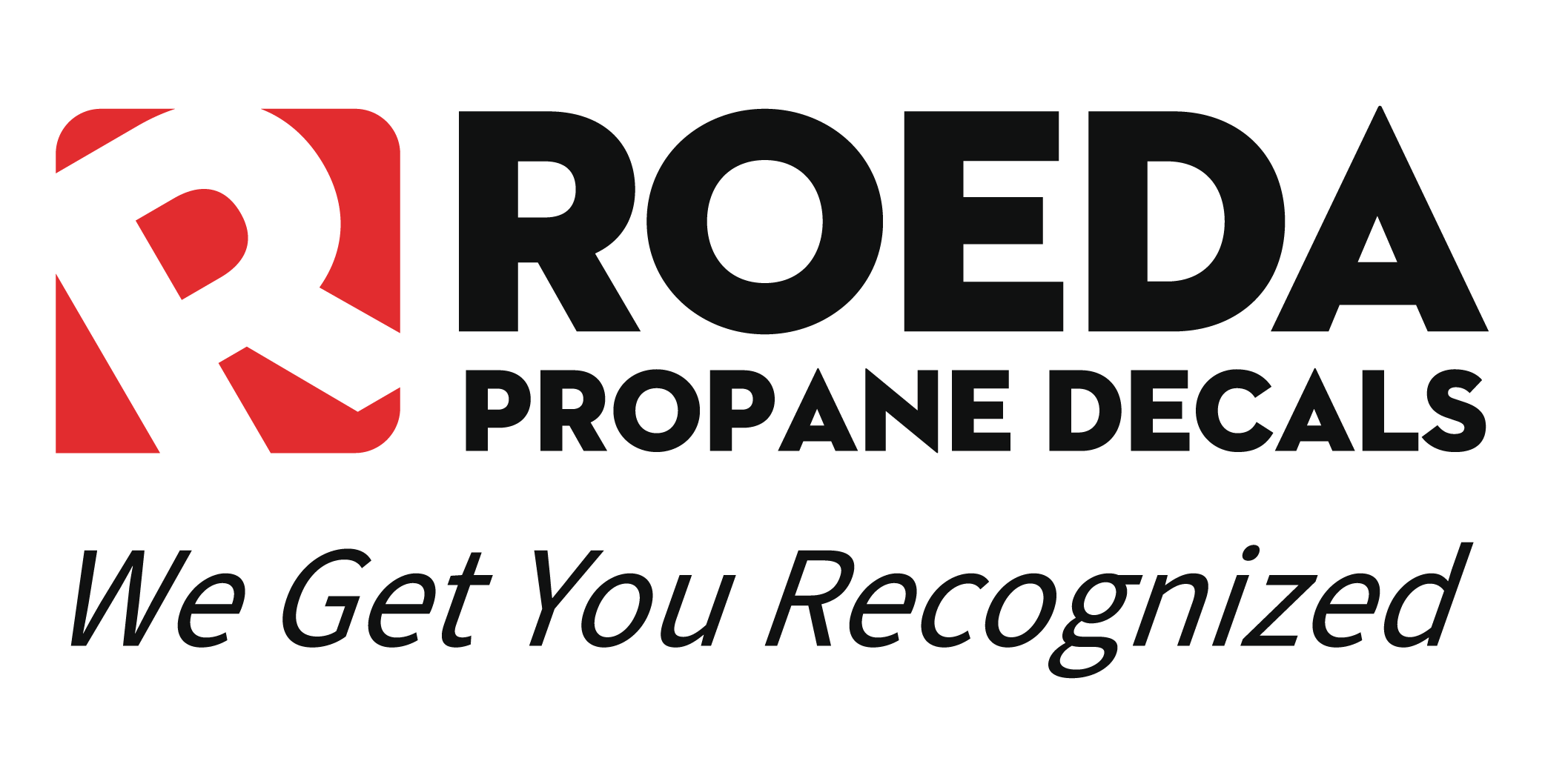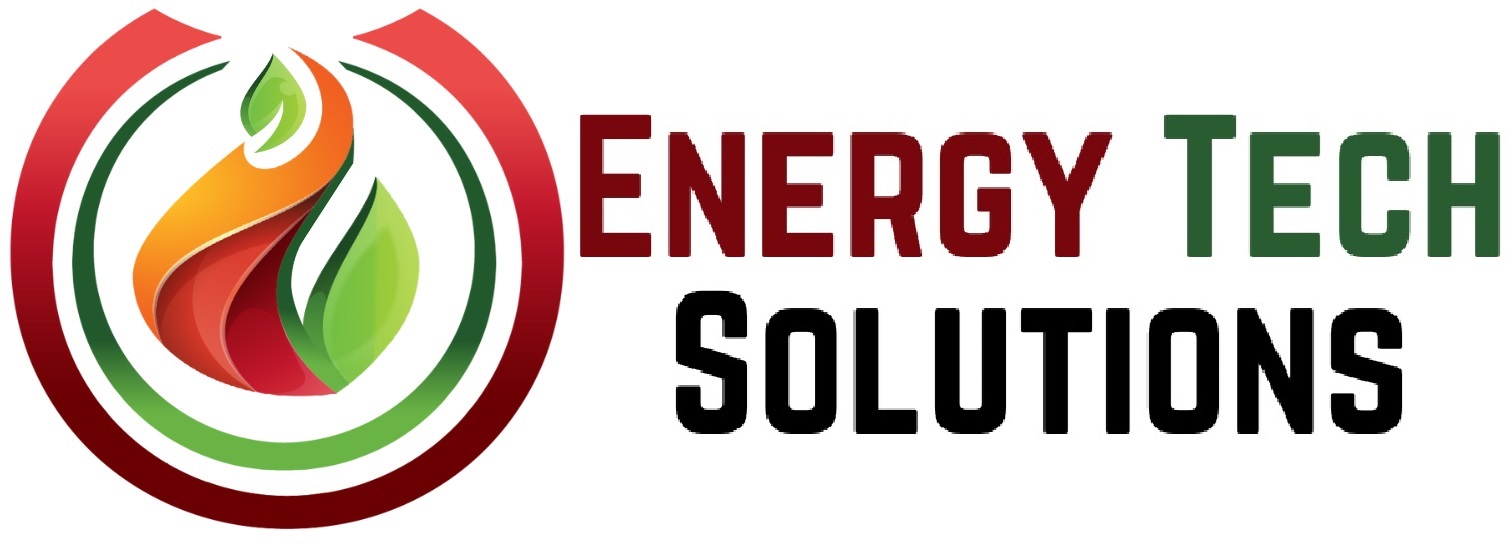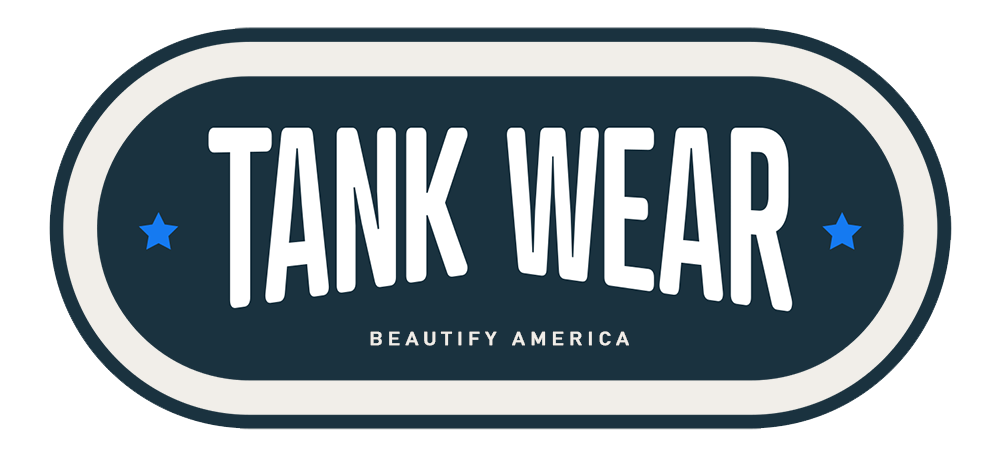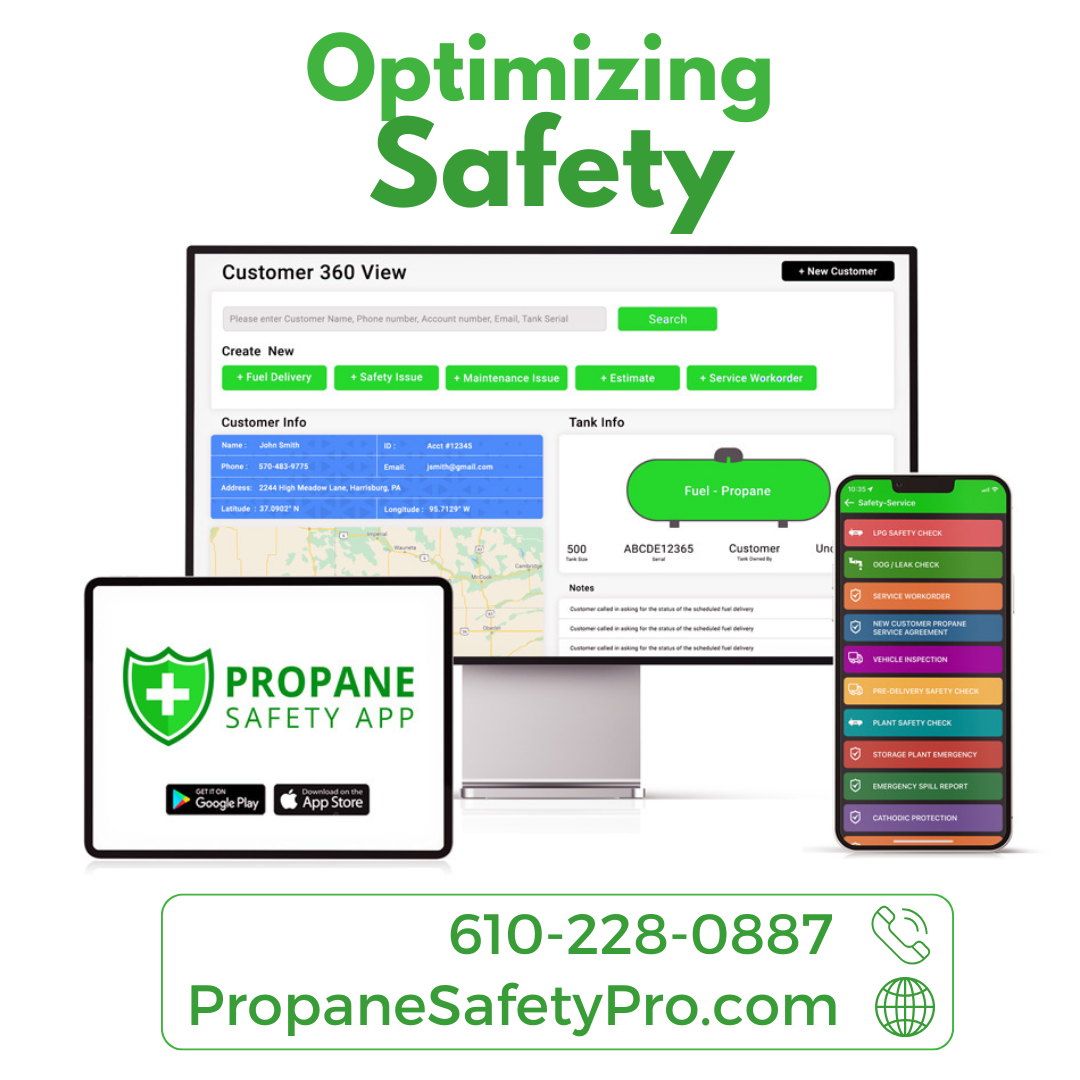Turning Market Uncertainty Into an Advantage

In the propane industry, pricing can feel like a constant battle between risk and opportunity. Market fluctuations, unpredictable weather patterns, and supply chain disruptions all play a role in determining costs. For propane businesses, having a solid buying strategy isn’t just about getting the lowest price; it’s about making smart, forward-thinking decisions that protect margins and ensure reliable supply.
Understanding Market Volatility
Propane prices aren’t set in stone. They move based on supply and demand, geopolitical factors, and seasonal trends. While winter often brings higher prices due to increased demand, unexpected market shifts can create opportunities to buy at lower rates. The key is knowing when to act.
A reactive approach – buying only when prices drop – can leave businesses vulnerable to sudden spikes. On the other hand, a strategic plan that factors in pricing trends, storage capacity, and customer demand helps stabilize costs and reduce risk.
Fixed vs. Spot Pricing: Finding the Right Balance
One of the biggest decisions in propane purchasing is whether to lock in fixed pricing or rely on spot market purchases. Both strategies have advantages and risks:
Fixed Pricing: Securing a set price for a portion of supply ensures predictable costs and shields against unexpected price spikes. However, if market prices drop significantly, businesses may miss out on lower-cost opportunities.
Spot Market Purchases: Buying propane at market price can be cost-effective when prices are low, but it comes with the risk of sudden increases, especially during peak demand periods.
A balanced approach often works best. Many businesses choose to lock in a portion of their supply at a fixed rate while keeping some flexibility to capitalize on market dips.
Storage: A Hidden Advantage
Propane storage capacity plays a critical role in buying decisions. Businesses with sufficient storage can purchase when prices are favorable and hold reserves for peak demand periods. This strategy helps smooth out pricing fluctuations and ensures a steady supply during unexpected shortages. For companies with limited storage, partnering with reliable suppliers who offer competitive pricing and delivery flexibility becomes even more important.
Weather and Supply Chain Considerations
Weather-driven demand shifts are a constant factor in propane pricing. A colder-than-expected winter can push prices higher, while a mild season may lead to oversupply. Tracking long-range weather forecasts and understanding regional demand trends can help businesses make more informed purchasing decisions.
Supply chain challenges, such as transportation delays or export-driven demand surges, also influence pricing. Staying updated on industry trends and building strong supplier relationships can help propane businesses navigate these uncertainties.
Developing a Proactive Buying Strategy
A strong propane purchasing plan is built on data, foresight, and flexibility. Successful businesses:
• Monitor pricing trends regularly
• Diversify buying strategies with a mix of fixed and spot pricing
• Invest in storage when possible
• Stay informed about weather patterns and global supply chain shifts
• Work closely with trusted suppliers to secure favorable terms
By shifting from a reactive mindset to a proactive strategic plan, propane businesses can turn market volatility into an opportunity rather than a threat. With the right approach, pricing fluctuations become a manageable part of operations instead of a source of constant stress.

